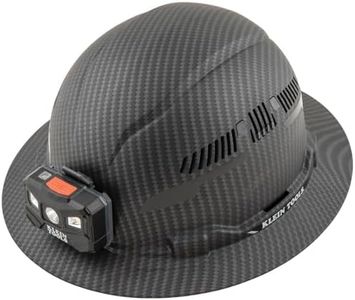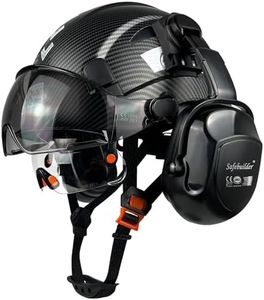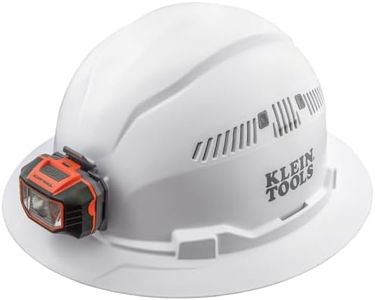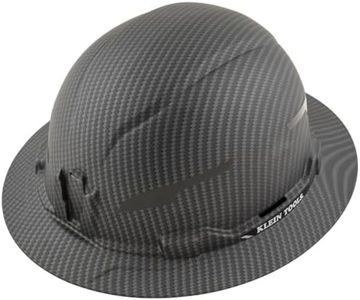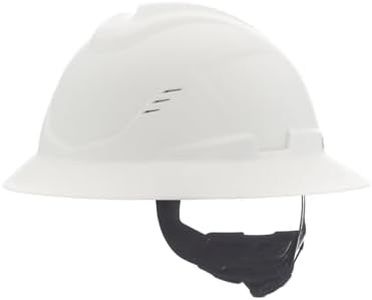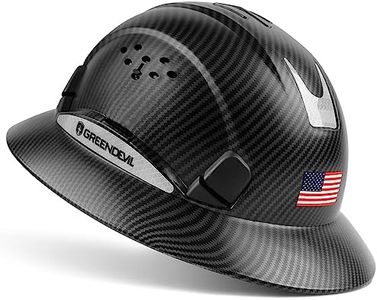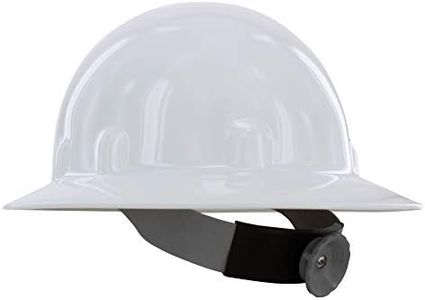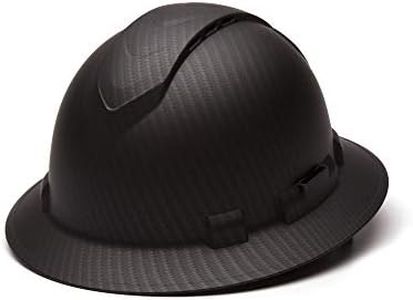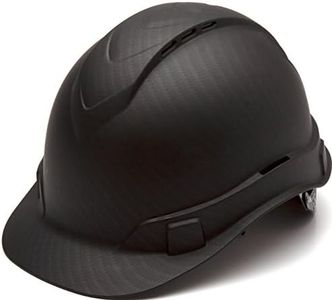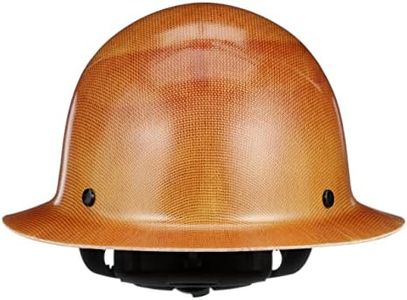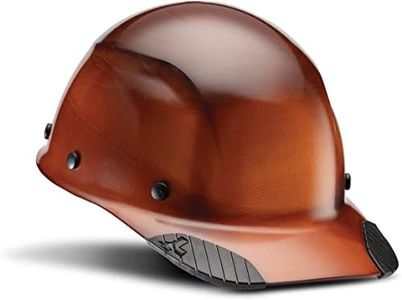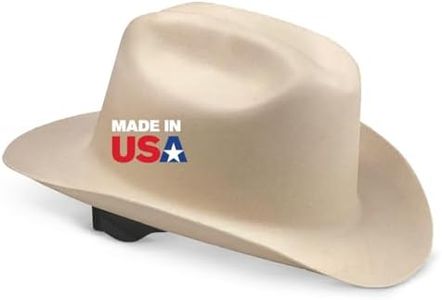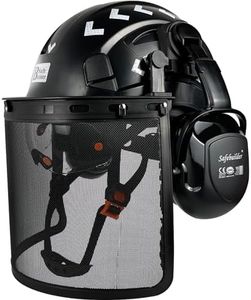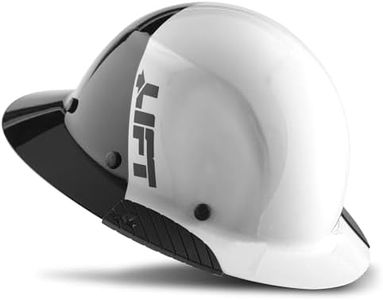We Use CookiesWe use cookies to enhance the security, performance,
functionality and for analytical and promotional activities. By continuing to browse this site you
are agreeing to our privacy policy
10 Best Hard Hats
From leading brands and best sellers available on the web.By clicking on a link to a third party's website, log data is shared with that third party.
Buying Guide for the Best Hard Hats
Choosing the right hard hat is important for your safety and comfort when working in environments where head protection is necessary. There are several types and features to consider, so it’s essential to understand what each specification means and how it relates to your needs. Start by thinking about your specific work environment and the types of hazards present, such as falling objects, electrical risks, or the need for extra comfort during long hours of wear. Once you know your main requirements, evaluating the key features below will help you find a hard hat that offers both protection and practicality.Type and ClassThe type and class of a hard hat determine what kinds of protection it offers. 'Type I' hard hats are designed to reduce the force of impact from blows to the top of the head, while 'Type II' also protect against lateral impacts (sides, front, and back). Class G (General) hard hats are tested for low voltage electrical protection, Class E (Electrical) offer higher voltage protection, and Class C (Conductive) provide no electrical protection but may offer better ventilation. Think about the risks in your work environment: construction sites with falling objects usually need Type I, while those in electrical work should consider Class E. Choose based on the potential impact areas and electrical hazards you may encounter.
MaterialHard hats are made from materials like high-density polyethylene (HDPE), polycarbonate, or fiberglass. The material affects the hard hat’s weight, durability, and resistance to things like heat or chemicals. HDPE is common and offers a good balance of strength and comfort for general use, while fiberglass may be better in hot environments or where chemical resistance is needed. If you work in extreme temperatures or around hazardous substances, look for materials that are specially rated for those conditions. Lighter materials are more comfortable over long periods, so consider what you can wear comfortably throughout your workday.
Suspension SystemThe suspension system is the harness inside the hard hat that keeps it on your head and absorbs shock from impacts. Suspensions come with 4, 6, or even 8 points of attachment. More points generally mean better distribution of force and increased comfort, but may be slightly heavier or more expensive. Adjustment mechanisms include pin-lock, ratchet, or swing-strap styles. Ratchet systems allow for quick adjustments while wearing the hat. If you need to wear your hard hat for long shifts or expect a lot of movement, a higher-point suspension and easy adjustment system can improve both safety and comfort.
Fit and Comfort FeaturesFit is a key factor for all-day wear and safety. Look for features such as sweatbands, padded or ventilated areas, and chin straps if extra security is needed. Hard hats can be standard size or come with adjustable sizing. If you share your hard hat or want a snug fit, adjustable models are best. Comfort features like sweat-wicking pads and ventilation holes help in hot or humid environments. Think about how often and for how long you’ll wear the hard hat—it’s worth prioritizing comfort if it’s part of your daily gear.
Accessory CompatibilitySome hard hats are designed to work with additional accessories, such as face shields, ear muffs, visors, or headlamps. There may be slots or clips to accommodate these attachments. If your work requires using other personal protective equipment (PPE), or if you often need to add items like earmuffs or lamps, look for models that openly support accessory integration. This ensures your gear works together safely and efficiently, without compromising the fit or the level of protection.
Certification and StandardsHard hats should meet recognized safety standards, such as those set by ANSI (American National Standards Institute) or similar organizations. These certifications ensure the hard hat has passed tests for impact resistance, electrical protection, and more. Always check that any hard hat you consider is clearly marked with a certification appropriate to your local or industry regulations. This is the best way to be sure your head protection is truly reliable and compliant.

